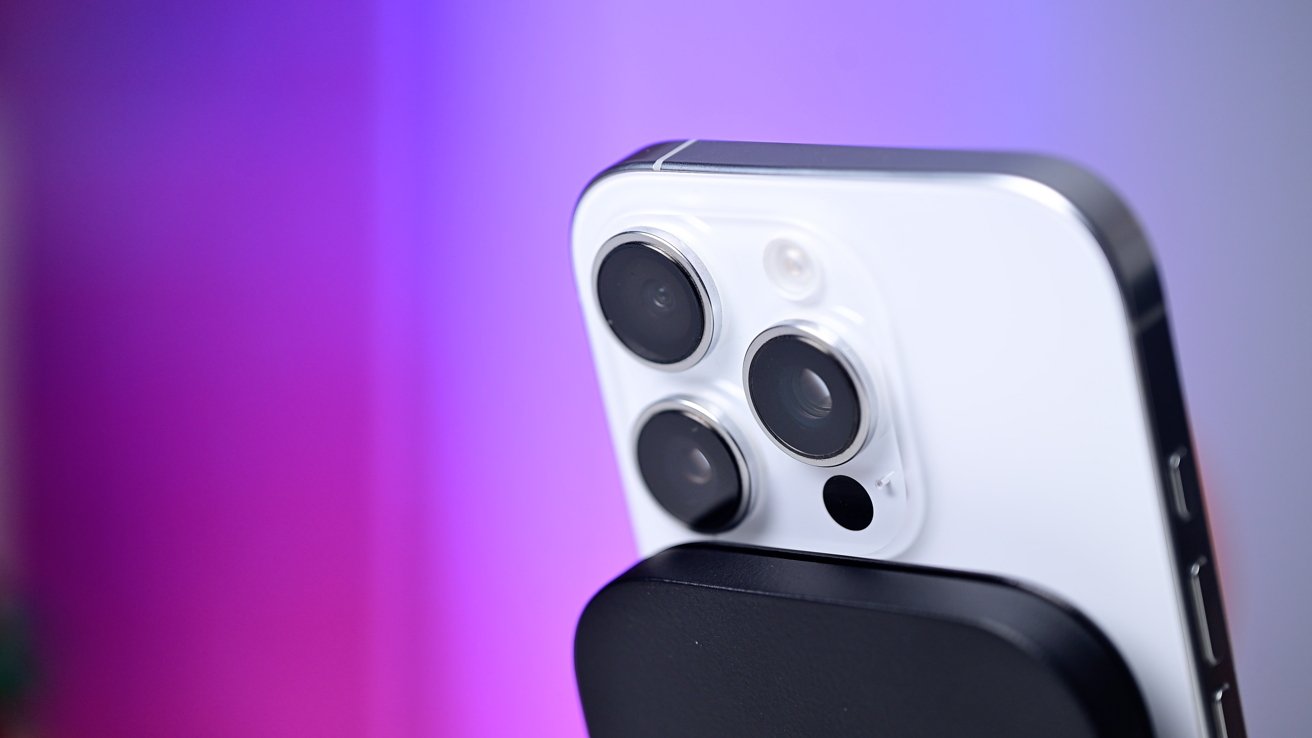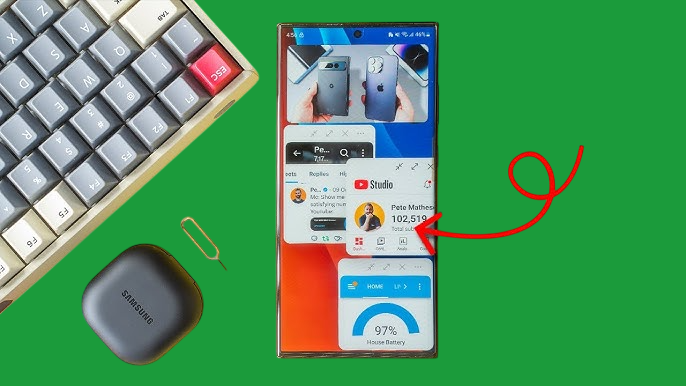
In today’s digital world, smartphones have become essential to our daily lives, storing sensitive personal and financial information. However, this also makes them a prime target for hackers and malware. To keep your smartphone secure from cyber threats, you must adopt strong security measures and stay informed about potential risks. Below are the best tips to keep your smartphone secure from hackers and malware.
Use Strong Passwords and Biometric Authentication
Create a Complex Password
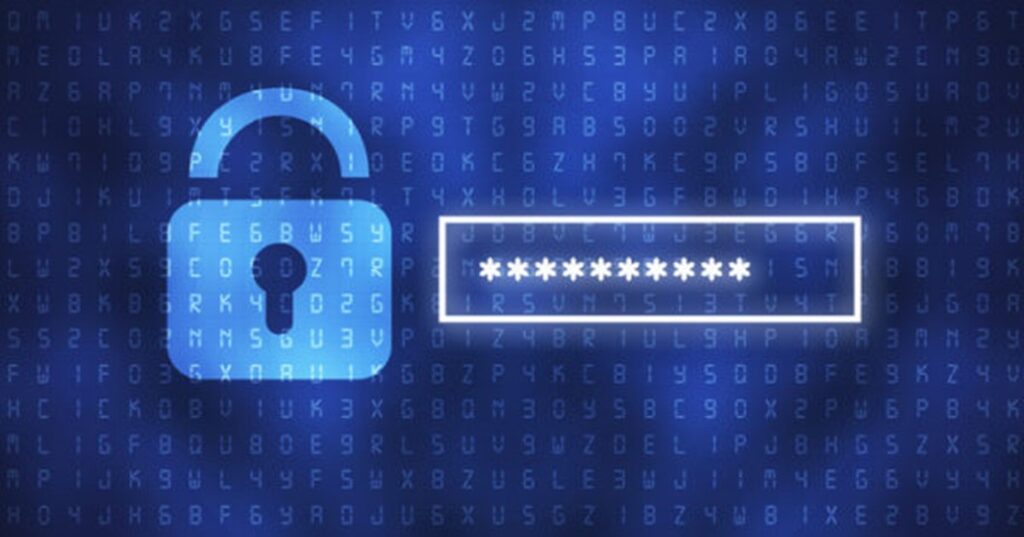
A strong password is your first line of defense against unauthorized access. Use a combination of uppercase and lowercase letters, numbers, and symbols. Avoid common words or easily guessable patterns like “123456” or “password.”
Enable Two-Factor Authentication (2FA)
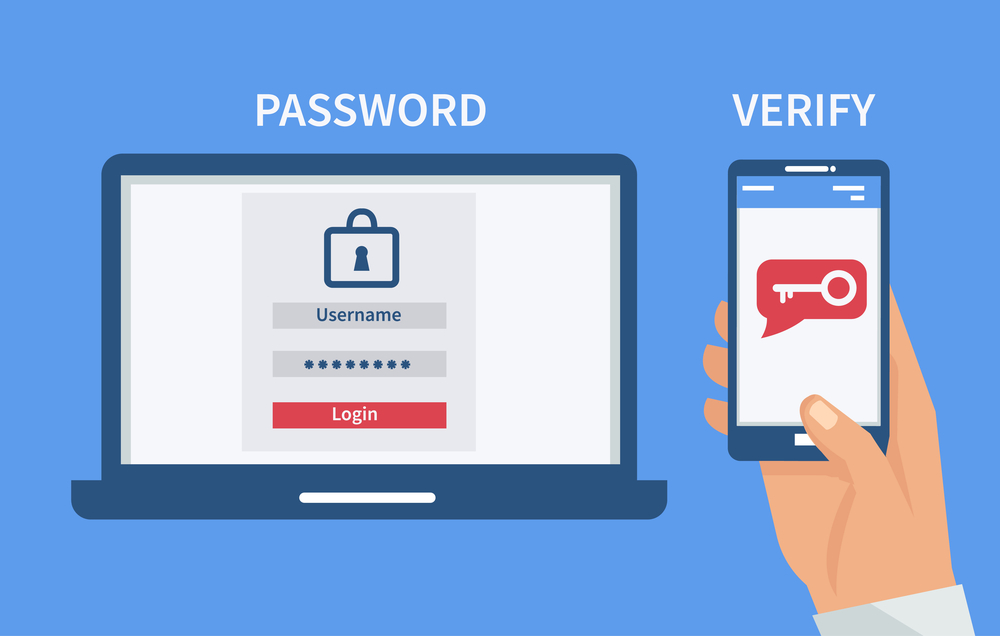
Two-factor authentication adds an extra layer of security by requiring a second form of verification, such as a text message code or authentication app. Even if your password is compromised, hackers won’t be able to access your device without the second factor.
Utilize Biometric Security
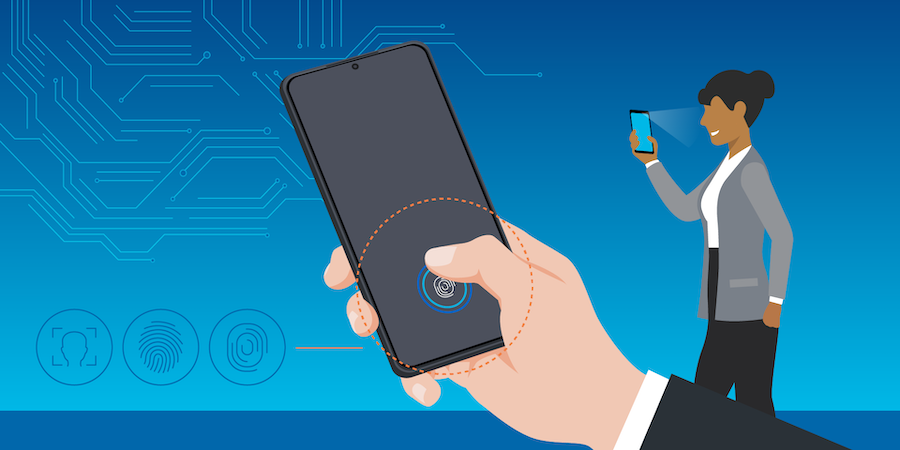
Most modern smartphones support biometric security features like fingerprint scanning and facial recognition. These options make it harder for unauthorized users to gain access to your device while keeping it convenient for you.
Keep Your Operating System and Apps Updated
Regular Software Updates
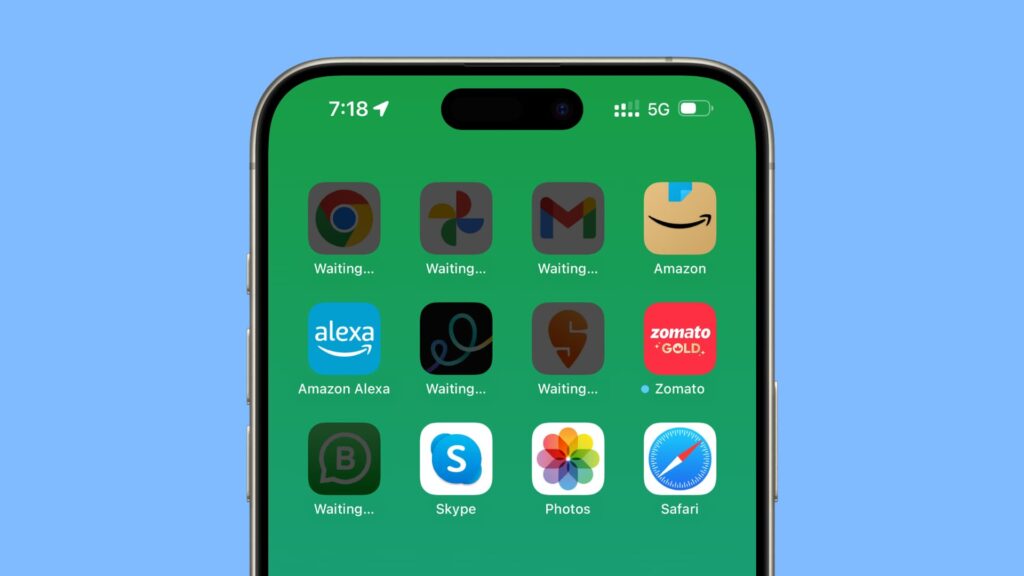
Hackers often exploit vulnerabilities in outdated software. Keeping your operating system and apps updated ensures you have the latest security patches, reducing the risk of malware infections and cyberattacks.
Automatic Updates
Enable automatic updates to make sure your phone receives the latest security patches without delay. Many cybercriminals target known vulnerabilities, so staying up to date is crucial for smartphone security.
Remove Unused Apps
Old or rarely used apps can have security flaws that hackers exploit. Regularly review and uninstall any apps that you no longer use to minimize risks.
Download Apps Only from Trusted Sources
Stick to Official App Stores
Google Play Store and Apple App Store have strict security measures in place to prevent malicious apps. Avoid downloading apps from third-party sources, as they may contain malware or spyware.
Check App Permissions
Before installing an app, review the permissions it requests. If an app asks for unnecessary access to your contacts, location, or microphone, it could be a red flag.
Read User Reviews
User reviews and ratings can provide insights into an app’s reliability. Be cautious of apps with few downloads, poor reviews, or excessive permissions.
Use a Secure Internet Connection
Avoid Public Wi-Fi for Sensitive Transactions
Public Wi-Fi networks are often unencrypted, making it easy for hackers to intercept your data. Avoid logging into banking apps or entering sensitive information while using public Wi-Fi.
Use a VPN (Virtual Private Network)
A VPN encrypts your internet traffic, protecting your data from cyber threats when using public Wi-Fi or unsecured networks. Choose a reputable VPN service for added security.
Disable Automatic Wi-Fi Connections
Some smartphones automatically connect to open Wi-Fi networks, which can expose you to security risks. Turn off automatic connections and manually select trusted networks.
Be Wary of Phishing Attacks
Recognize Suspicious Links and Emails
Phishing attacks trick users into revealing personal information through fake emails, texts, or websites. Avoid clicking on suspicious links or downloading unknown attachments.
Verify the Sender
If you receive a message claiming to be from your bank or a trusted company, verify it by contacting them directly through their official website or phone number.
Use Email and SMS Filtering
Enable spam filters on your email and messaging apps to reduce the risk of receiving phishing messages. Report suspicious emails to your service provider.
Secure Your Smartphone with Encryption
Enable Full-Device Encryption
Encryption scrambles your data, making it unreadable without the correct password. Most modern smartphones offer built-in encryption settings—ensure they are enabled for maximum security.
Encrypt Your SD Card
If you store sensitive files on an SD card, enable encryption to prevent unauthorized access. This ensures that your data remains secure even if your phone is lost or stolen.
Secure Cloud Backups
If you back up your data to the cloud, use a trusted provider with strong encryption. Enable two-factor authentication for your cloud accounts to enhance security.
Install a Reliable Mobile Security App
Choose a Trusted Antivirus
A good mobile security app can detect and remove malware before it harms your device. Look for well-reviewed antivirus apps with regular updates.
Enable Anti-Theft Features
Many security apps offer anti-theft features, such as remote tracking, locking, and data wiping. These tools help protect your information if your smartphone is lost or stolen.
Scan Your Device Regularly
Run regular security scans to check for malware, suspicious apps, or vulnerabilities. Keeping your security software updated ensures the best protection.
Monitor App Behavior and Background Activity
Check Battery and Data Usage
Unusual battery drain or high data usage could indicate hidden malware running in the background. Regularly check your phone’s battery and data usage reports for abnormalities.
Review Installed Apps
Periodically review the list of installed apps and remove any that you don’t recognize. Some malicious apps disguise themselves as legitimate software.
Restrict Background Permissions
Limit apps’ ability to run in the background, especially those that don’t need constant access to your data. This reduces the risk of spyware or data leaks.
Protect Against SIM Swapping and Phone Hijacking
Lock Your SIM Card with a PIN
A SIM card lock prevents unauthorized users from transferring your number to another device. This protects against SIM swapping attacks, where hackers try to gain access to your accounts.
Avoid Sharing Personal Information
Hackers often use social engineering to gather information for SIM swapping. Be cautious about sharing your phone number, birthdate, or other sensitive details publicly.
Contact Your Carrier for Extra Security
Many mobile carriers offer additional security measures, such as requiring a PIN or extra authentication before making account changes. Activate these features to enhance your smartphone security.
Enable Remote Lock and Data Wipe Features
Activate Find My Device
Both Android and iPhone offer built-in tracking features like “Find My Device” or “Find My iPhone.” Enable these settings to locate and remotely lock your phone if it’s lost.
Set Up Remote Data Wipe
If your smartphone is stolen, remote wipe features allow you to erase all data, preventing hackers from accessing your personal information.
Notify Authorities if Stolen
Report lost or stolen devices to the police and your mobile carrier. They can help track your phone and prevent unauthorized usage.
Conclusion
Keeping your smartphone secure from hackers and malware requires a proactive approach. By using strong passwords, keeping your software updated, avoiding suspicious downloads, and using security tools like encryption and VPNs, you can significantly reduce the risk of cyber threats. Always be vigilant against phishing attempts, monitor app behavior, and enable remote security features for added protection. By following these best practices, you can safeguard your personal data and enjoy a safer mobile experience.


